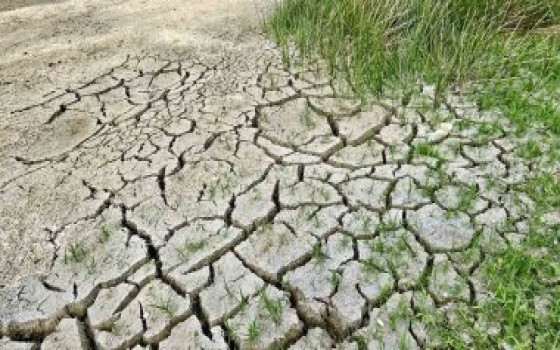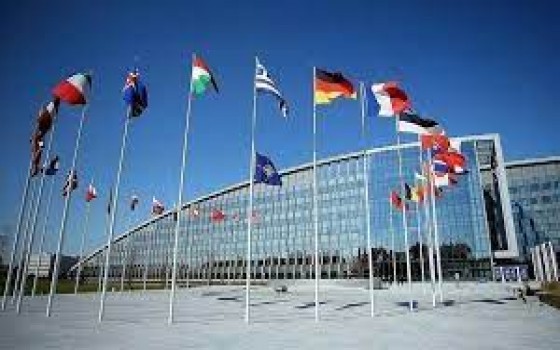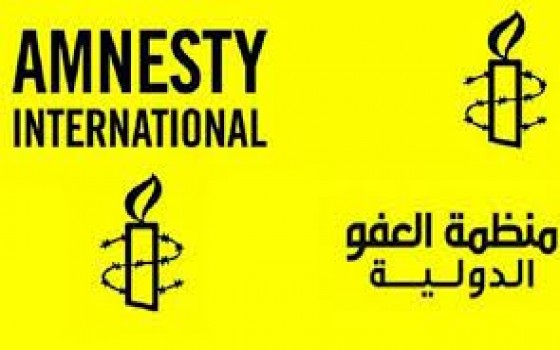
Drought... causes Argentina to lose $900 million in wheat production, and the European Commission announces new tools to deal with the problem

- Europe and Arabs
- Friday , 13 October 2023 12:57 PM GMT
Brussels - Capitals: Europe and the Arabs - Agencies
The European Commission in Brussels has published new risk management and strategic foresight tools to improve the EU's capacity to address drought and water scarcity. These two tools, the European Drought Impact Database and the European Drought Risk Atlas, form part of the strategy to stimulate European action on water. They will be integrated into Copernicus, the European Drought Observatory.
The Spanish newspaper La Pangordia indicated that European governments will help anticipate and manage risks in the event of drought and water scarcity at the European, national and local levels, as drought has become a severe threat to European countries.
Projections for the coming decades, available in the European Atlas, show that drought risks will increase significantly, and although regions will be affected differently, these projections suggest that the impact of drought will be felt across the EU.
As climate change affects the frequency and intensity of rainfall, water scarcity could worsen significantly in different regions of Europe, and due to the increased risk of drought, yields of some crops could decline significantly.
Projections also show that public water supplies, including drinking water, could be affected in many regions of Europe.
In the energy sector, falling water levels in warmer rivers will make it difficult to cool nuclear power plants, while drought will significantly impact hydropower production in parts of Europe. The pressure on domestic shipping will remain high, and will even increase in some areas.
Water shortages and drought will also have a major negative impact on nature. Projections indicate that the health of aquatic and terrestrial ecosystems will be severely affected.
According to a publication on the Youm7 website in Cairo, in light of a difficult climate scenario, with a significant decrease in rainfall in Argentina, the drought has affected wheat production in the country with losses amounting to $900 million, and many experts have warned that the loss of production capacity will not affect wheat production in the country. Not only agricultural wealth, but also on animals that will not find their food.
“Preliminary estimates of economic losses from poor rains on wheat could reach $900 million,” said Lorena D’Angelo, market analyst at AZ-Group. She warned: “This figure comes after taking into account the loss of three million tons in the harvest, from the initially estimated 18 million tons to 15 million tons, and current grain prices,” said the Argentine newspaper “Infobay.”
He also clarified that these calculations do not take into account the shipments that will be made this year in anticipation of last season. At various times, the government extended shipments, impacting shipments abroad for 2022/2023 production. In the first nine months of the year, 1,698,000 tons were sent abroad, a decrease of 85.6% compared to the same period in 2022, when 12,634,900 tons were sent.
According to data collected by the Central Research Office, of the million hectares planted in this area, which covers southern Santa Fe, northern Buenos Aires and southeastern Cordoba, about 400,000 hectares are in regular condition, while another 100,000 hectares are in good condition. In bad condition. In the most affected areas, it is estimated that returns will range between 5 and 15 quintals per hectare.












No Comments Found